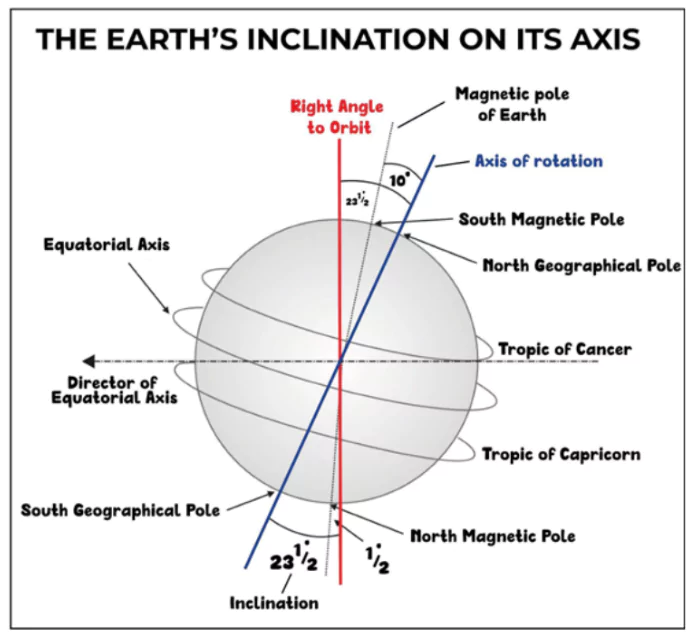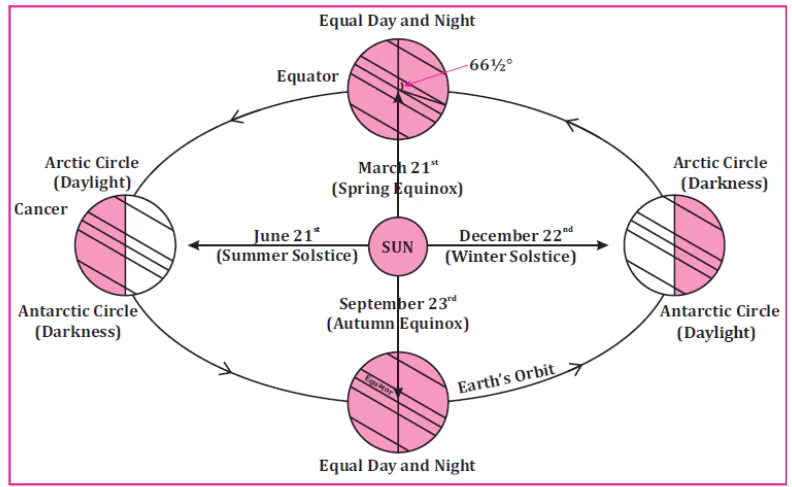![]() April 26, 2024
April 26, 2024
![]() 67
67
![]() 0
0
Latitude and longitude are geographical coordinates used to pinpoint any location on the Earth’s surface. Longitude measures the distance east or west of the Prime Meridian, which passes through Greenwich, England. Together, latitude and longitude provide a global grid system that helps to accurately describe and navigate locations on Earth. They are fundamental tools used in cartography, navigation, and various geographic information systems.
| Must Read | |
| Current Affairs | Editorial Analysis |
| Upsc Notes | Upsc Blogs |
| NCERT Notes | Free Main Answer Writing |


| Related Articles | |
| Exploring Earth’s Coordinates: Latitude, Longitude and Time Zones | Indian Geography: Location and Overview |
| EARTH’S LATITUDE: TROPIC OF CAPRICORN | Force and Laws of Motion |
<div class="new-fform">
</div>

Latest Comments